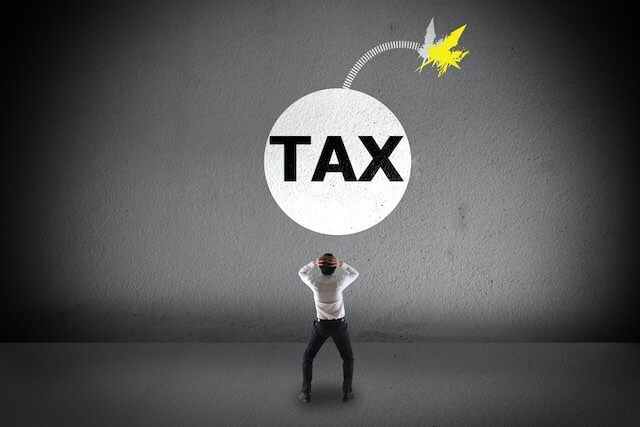You have worked hard your whole career looking forward to a comfortable retirement. You have patiently invested in the Thrift Savings Plan and planned diligently.
You are excited to start drawing Social Security to reap the benefits of years of hard work. But, did you know that a huge portion of your Social Security benefits will most likely be taxable come retirement?
This is a common mistake that we see people make all the time in their retirement planning.
Most people assume that because they had spent years contributing to the Social Security program that they’ll receive this benefit with no tax consequences. This simply is not the case for many federal employees.
Let’s get into how it works.
If a couple files a joint return and their combined income falls between $32k and $44k ($25k-$34k for single filers), then up to 50% of their Social Security will be taxable.
Once you make over $44k a year ($34k for single filers), up to 85% of your Social Security will be taxable.
Combined income in this situation is defined as the following:
Adjusted Gross Income (AGI) + Nontaxable Interest + ½ your annual Social Security benefit
For example, let’s say a couple’s combined income is $44k a year, so their Social Security can be taxed only up to 50%. If that same couple decided to take $1 extra out of their traditional TSP and make their combined income $44,001, then their Social Security can be taxed up to 85%. This is where the “double” taxation comes into play. They pay taxes on the money they pull out of their TSP but they also then pay extra on their Social Security.
Because federal employees have such a robust pension and benefits, they will most likely be paying taxes on their Social Security. That being said, there are a couple of things that they can do to lower their taxable income in retirement and therefore lower their chances of being subject to this “double” tax.
Investing in the Roth TSP can be a great option. With the Roth option, the taxes were already paid where the money was contributed so the money can be taken out in retirement tax-free. This can be a huge help especially for those federal employees that think they will have considerable taxable income in retirement.
Most people believe that they will be in a lower tax bracket come retirement, but for federal employees, this is usually not the case. The majority of the FERS pension, regular TSP distributions, and Social Security benefits are taxable, and most people don’t want to lower their standard of living in retirement. Because these 3 things are the main components of the FERS retirement system, most FERS employees will be in the same tax bracket they were before retiring.
The first and best option is to use strategies now to lower your taxable income, but the next best option is to plan your saving habits now so that you can still have the retirement that you want despite the taxes.
Whatever you decide to do, make sure that you are educating yourself in all the pros and cons of your decisions. Your decisions now will affect you and your families lives for years to come. Take responsibility for your FERS benefits and start educating yourself today.



